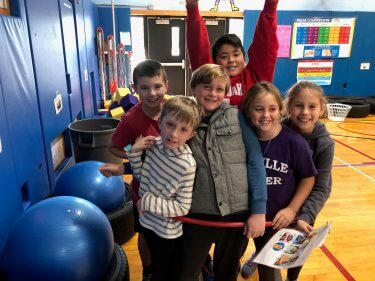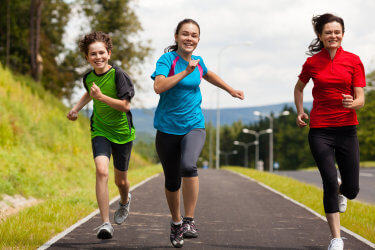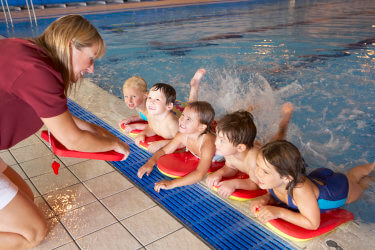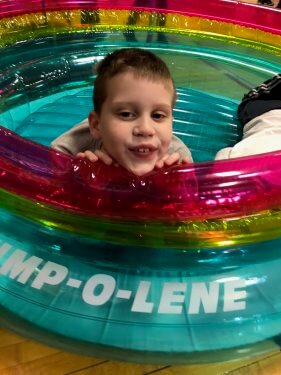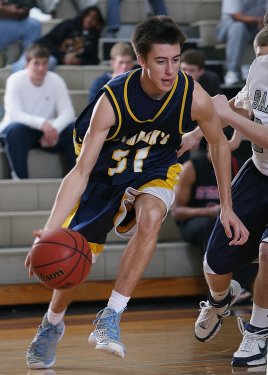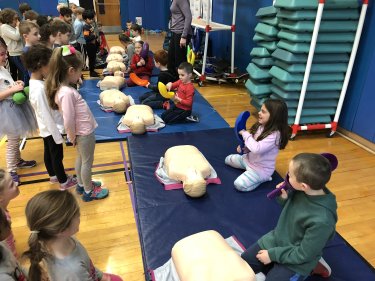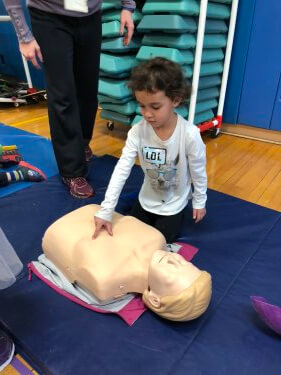After eighteen years of teaching enthusiastic junior high students (JHS), my school merged with its receiving high school. I remembered those JHS students loving the activity, looking great doing it, and clamoring to continue it instead of changing to something new. I could not wait to work with them again.
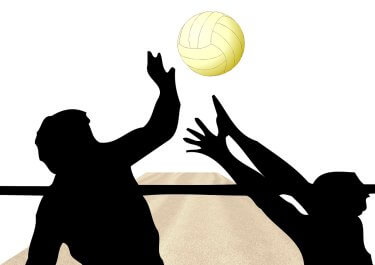
As high school students, I expected them to be older, wiser, and better. Boy was I shocked that first day on the field when the only thing moving was the ball. Where, I wondered, had their enthusiasm and teamwork gone? Sadly, apathy prevailed the second day, the third day, and for a number of weeks. I racked my brain for ways to get them excited again and working as teams. I used our past relationships, encouragement, prodding, humor, and went as far as letting them know how badly their inactivity made me feel. Nothing worked until the day, about a month into the semester, I was pondering aloud about how I was going to grade them. Because, with the exception of a few students, the only thing moving on the field was the ball. To my surprise, my offhand remark caught their attention. Their dramatic reversal is why I came to believe that assessing what to aim for and grade is an important teaching tool.
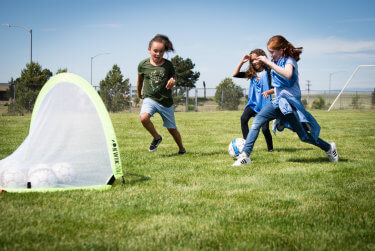
Teaching Skills but Grading Outcomes
The group’s skills were evident in practice, but not in the game. I needed to establish a different standard and did by letting them know that soccer players usually move seventy-five percent of the time during a game. Those words increased their activity level but left challenges to build on. I wanted to see them not just “working,” but working together and loving it. Since they seemed attached to the idea of a good grade, next I decided to aim for teamwork. So, I broke down the responsibilities of each field position, in ways everyone was capable of achieving. For example, I began with the forwards, explaining and posting an outline of their objectives. Forwards were to use (1) footwork before passing, (2) pass laterally unless shooting, (3) stay in line with the ball as it moved toward the goal, and (4) drop back when their opponents gained possession of the ball. The difference in play was amazing. The forwards started working together, but not the defense. So, next class, we focused on defense. Mid-fielders were credited for (1) slowing down opponents, (2) forcing a pass and or trapping the ball, (3) positioning themselves between the ball and the goal they defended, (4) passing to an open forward and (5) taking sideline thrown-ins as quickly as possible. This process continued with other positions on the field of play. These achievable goals got the girls moving so that games became dynamic and everyone seemed engaged. Finally, the class ended in smiles, sweat, and a feeling of good teamwork.
